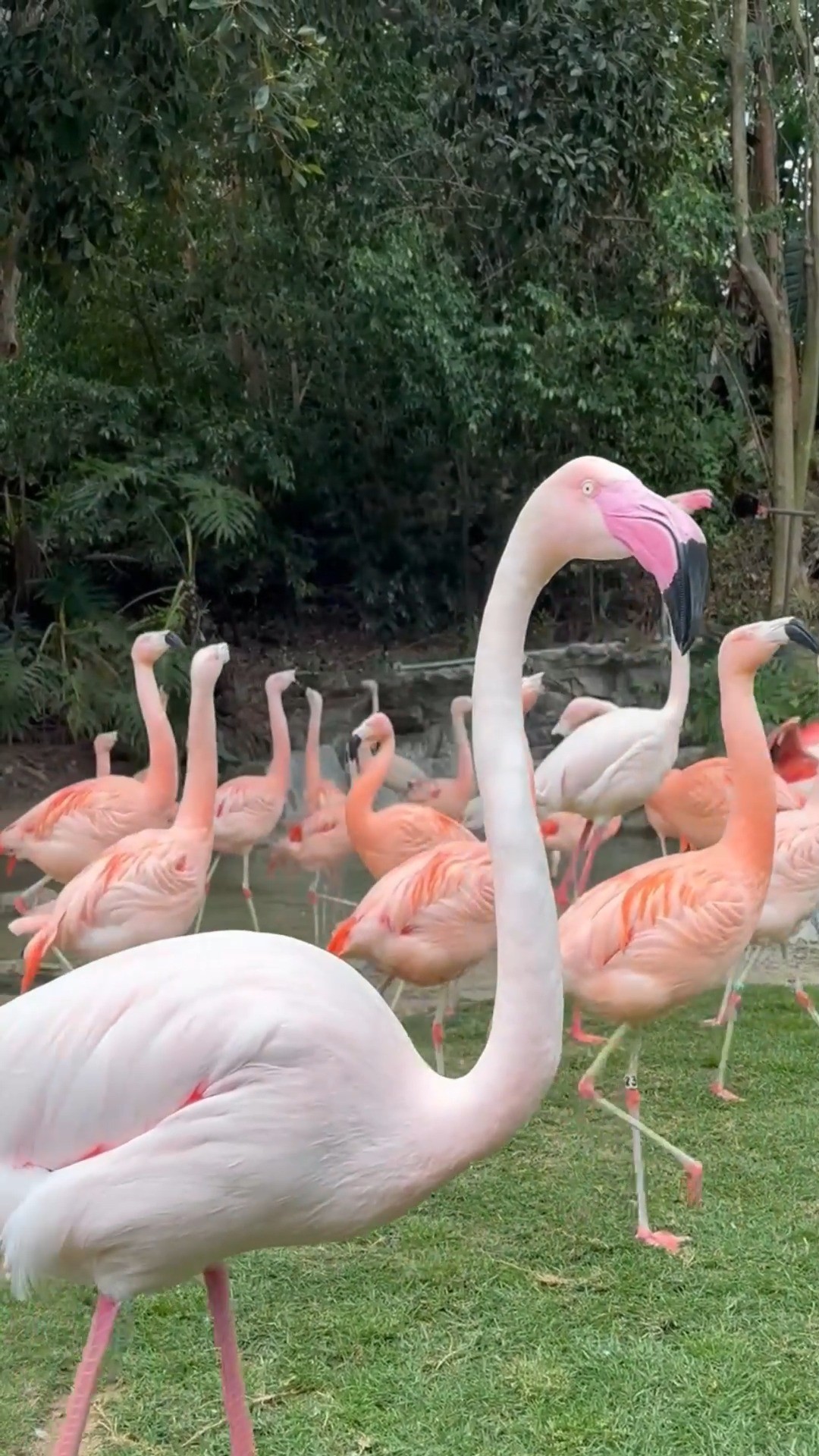- Understanding Kara Ahmanson’s Mingo March initiation and its impact on flamingo conservation awareness
- The science of flamingo behavior, socialization, and migration, as witnessed in Mingo March activities
- The role of zoos, like the one Ahmanson is affiliated with, in wildlife conservation and education
- Challenges facing flamingos in the wild and the importance of conservation efforts
- Strategies used by conservationists to protect flamingos and their habitats, inspired by initiatives like Mingo March
When Kara Ahmanson captured the attention of the virtual world with her ‘Mingo March,’ it wasn’t just about a charming display of flamingos strutting in unison. This event held a more profound significance tied to raising awareness about flamingo conservation, understanding their behaviors, and reinforcing zoos’ crucial role in wildlife protection.
Flamingos, with their vibrant feathers and stilt-like legs, are more than just a visual spectacle; they’re a study in avian adaptation and behavior. These birds are known for their habit of living in large colonies, which is a spectacle in places where they naturally migrate. Social structures within these groups are complex, forming strong pair bonds and engaging in synchronized displays, much like the orchestrated march orchestrated by Ahmanson. These displays are critical in communication, breeding rituals, and survival strategies.
As it appears, Marching is not merely for show but is an intrinsic part of flamingo social behavior. Studies suggest that this marching behavior increases the birds’ heart rates, which might be beneficial in preparation for flight or other activities. The Mingo March mimics such natural behavior, even when the birds are within the confines of a zoo.
Zoos, often misunderstood as mere places for public entertainment, are instrumental in conservation and education. Programs like the Mingo March bring visitors closer to nature, foster a deeper appreciation for wildlife, and promote conservation messages. Zoos partake in global efforts to maintain the biodiversity of species like flamingos, which face threats ranging from habitat loss to illegal trade. In addition to creating simulated environments that mimic natural habitats, zoos engage in extensive research and breeding programs, supporting both in-situ and ex-situ conservation initiatives.
However, wild flamingos continue to confront significant challenges. In their natural habitats, threats such as pollution, encroachment for development, and climate change-induced alterations are pressing. These disturbances have a ripple effect on food availability, breeding sites, and, ultimately, the survival of flamingo populations. Campaigns led by conservationists, akin to the Mingo March, draw attention to these pressing issues, fueling public interest and the drive to contribute to flamingo preservation.
Building upon this momentum, conservationists adopt a multifaceted strategy to safeguard flamingos. This approach includes habitat protection, scientific research into flamingo health and breeding, and community engagement to encourage sustainable practices in regions where flamingos reside or migrate. By monitoring flamingo populations and movements, scientists can recommend conservation policies that protect crucial areas for the flamingos’ lifecycle, ensuring these birds continue their majestic marches in the wild.
Although a snapshot within a controlled environment at a zoo, the Mingo March represents a broader commitment to preserving the natural world. It demonstrates how intertwined these efforts are between showcasing the spectacle of nature and doing the serious work necessary to secure a future for species like flamingos. Kara Ahmanson and her Mingo March have provided a delightful visual and sparked conversations around conservation and the delicate balance required to maintain our planet’s biodiversity. These birds’ pink parades in their zoo habitats are symbols of hope, representing the steps taken each day towards a sustained ecological future, educating observers about the beauty and plight of one of the world’s most iconic birds.
*****
Source Description
‘Mingo march! 🦩
📹: Kara Ahmanson


